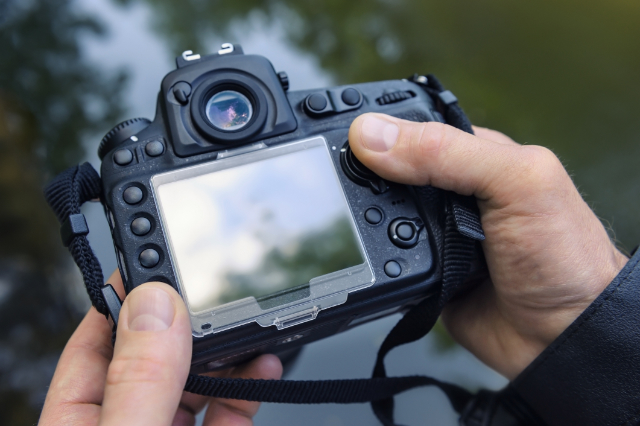Beginner’s Guide to Understanding White Balance

One of the most critical factors for taking the perfect photo includes having the right white balance setting on your camera. The white balance determines how your camera responds to the colors in your photograph, particularly the color white. As Cambridge in Colour says, “White balance (WB) is the process of removing unrealistic color casts so that objects which appear white in person are rendered white in your photo.” Since your DSLR camera is extremely sensitive to light, it may occasionally translate light with an odd color cast, such as orange, blue, or green. For example, when photographing your friend in his plain white t-shirt, his shirt–and even he–may appear to be tinted in an odd color if your white balance is off. Adjusting your white balance to match your surroundings will ensure that your photo comes out with accurate coloring.
To adjust your white balance, you need to take into account the temperature of the light around you. Different types of light emit a different temperature or color of light based on the “Kelvin” scale. The highest temperature is the blue of a clear sky, and the lowest is red tones such as fire or candlelight. So in different kinds of light, your surroundings will appear different (consider how the world looks beneath a sunset versus a room with fluorescent lighting). Expert Photography has an excellent chart depicting the types and colors of light that you may find helpful in understanding this scale and how it affects your surroundings.
Understanding White Balance
Most DSLR cameras give you a convenient number of balance presets to help you choose the correct temperature corrections: Sunny, Cloudy, Shade, Tungsten, Fluorescent, and Auto Balance. These relatively obvious settings can take away most of the work for you; however, they’re not always perfect. If you find that none of these settings are fully capturing the scene’s correct coloring, you can try the custom settings.

The Custom White Balance allows you to show the camera a pure white or gray object (most often a card), and the camera will use that as a starting point to remove color casts from the photo. Lifewire has a very detailed and helpful tutorial on how to adjust your custom settings through this process.
In most cases, you should be able to evaluate your setting and choose a preset that correctly interprets your colors. The best way to get used to this is to practice in a variety of locations with different light sources until you become familiar with each setting and your camera’s accuracy. It won’t be long until you’ve mastered white balance!
Advanced Media Integration is an established expert in all things digital! For more helpful tips and information on improving your photography, visit our website or contact us today!
Leave a Reply